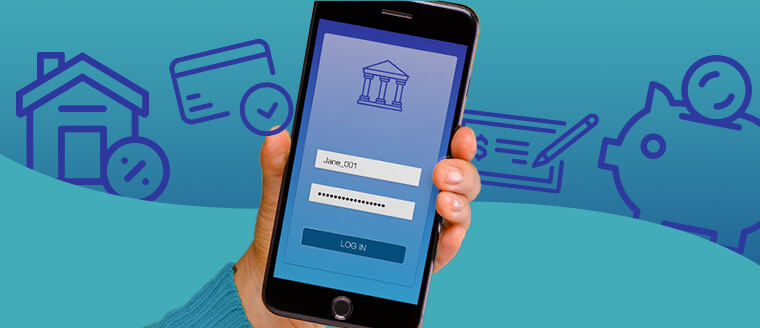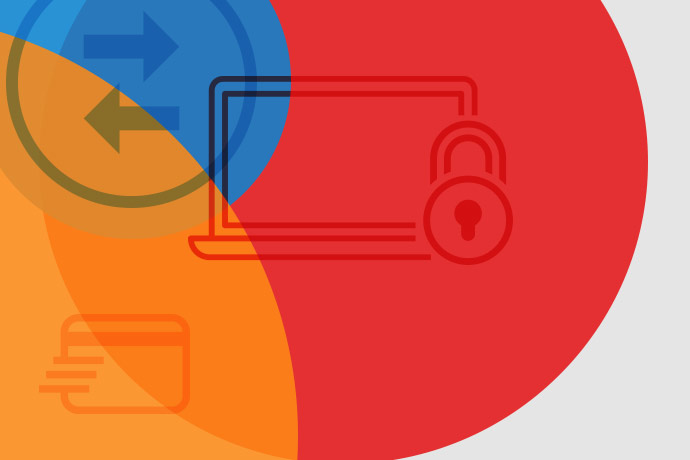A Digital-First, Data-Forward Approach to the Financial Services Customer Experience

Pressure on financial institutions to match the customer experience of tech-based companies isn’t new. For years now, the convenience of on-demand services from wildly popular brands like Apple, Amazon and Uber has been changing the way consumers interact with companies. As we’ve noted before, “It’s on their time. It’s very often on mobile devices. It’s nearly always easy, intuitive and satisfying.” Add to that an ongoing pandemic with lengthy stay-at-home orders and you get, as reported by PYMNTS, the “bring it to me” economy.
These higher consumer expectations have impacted all industries, including financial services, and many conversations about what customers want from brands suggest that “legacy” brands (like banks and credit unions) are at a disadvantage. However, it’s quite possible that these FIs have, instead, solid opportunities to reach the higher bar – and retain customers.
The need for digital-first engagement in the banking relationship
PYMNTS rightly points out that when it comes to digital engagement, “Banks are lagging the ride-hailing firms of the world, the eCommerce giants, the broad platforms that let consumers access everything from delivery to digital payments on an as-needed, on-demand basis.” In an era when going to the bank branch can seem like a time-consuming task done only on an “as needed” basis and when paper-based banking services like mortgage applications seem like a “clunky process,” a lack of innovation on digital-first options may, in fact, be a liability.
Where FIs have advantages over fintech
But when it comes to trust and loyalty, PYMNTS says, “FIs have two competitive advantages when it comes to jousting against digital-first and digital-only upstarts… Those twin pillars give banks the wherewithal to experiment with their product and service roadmaps without the fear that folks will vote with their feet at their earliest convenience.”
It’s what FIs do with this moment in time that could determine who has the competitive edge in attracting and keeping financial services customers.
Mobile banking delivers better consumer insights
For starters, the industry has made significant progress with mobile banking in recent years, and with the pandemic pushing more customers to use bank apps (versus going to the branch), it’s clear that additional evolution of these “digital front doors” are necessary.
But that’s not the only lesson from increased adoption of bank apps. PYMNTS says mobile banking has “made it easier for banks to continue to invest in data collection and advanced analytics… [which] will be the conduit toward creating a tailored experience for banks’ members.” In other words, once FIs sort out permissions around the data, there’s a huge opportunity to personalize banking products and services (along with the marketing that supports them) according to intelligence on what customers need exactly when they need it. Are they ready to borrow? Save? Spend? The answers likely exist in data gathered by FIs not only in the moment but also over the course of the customer relationships, an area where FIs have serious longevity compared with start-ups.
PYMNTS acknowledges that getting faster and more efficient with the data will require some “heavy lifting for banks,” but deeper customer views “can hint at the financial priorities and life stages of that customer.” Paired with what financial services marketers already know about targeting and messaging, this data about customer needs (beyond their digital preferences) puts FIs in a position of strength as they work to enhance their mobile and online customer experiences.









